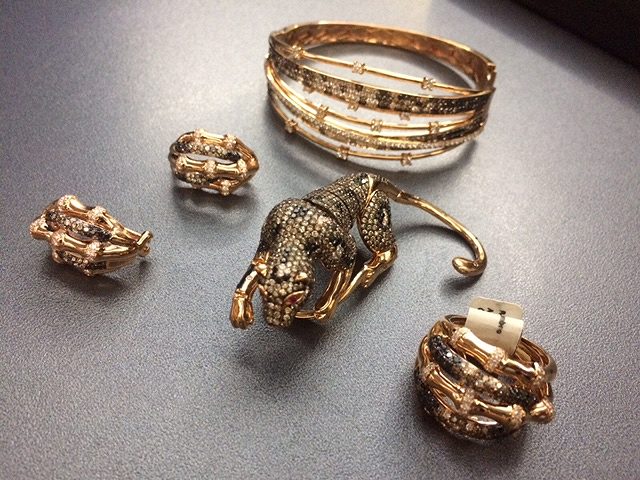Swarovski beading crystals are renowned for his or her distinctive quality, brilliance, and talent to raise any jewelry or craft project. These crystals are good for including a contact of luxury and class to designs, whether you’re creating intricate beadwork, stunning jewelry, or decorative pieces. In this text, we’ll explore what makes Swarovski crystals so unique, the method to incorporate them into your beading tasks, and why they’re a preferred alternative among designers and hobbyists.
 5. Finishing the Bracelet
5. Finishing the Bracelet
Once your design is complete and your bracelet is the right size, cut the thread and tie off the ends securely. If you’re including a clasp, you can connect it to both ends of the bracelet using a needle and thread. You also can add ornamental parts like charms or beads to personalize your design further.
2. Use Colorful Patterns: Rentry.co One of the principle advantages of bead looms is their ability to create detailed, repeating patterns. Don’t be afraid to experiment with completely different shade combinations to create stunning visual effects. You can discover inspiration in nature, geometric designs, or cultural patterns.
Jewellery findings are the backbone of any well-crafted piece, offering the necessary support and magnificence to bring your designs to life. In Canada, crafters and designers have access to a wide array of findings by way of local stores, on-line retailers, and wholesale suppliers. By selecting high-quality findings that match your design and supplies, you can create professional, rentry.Co durable, and beautiful jewelry. Whether you are making delicate earrings or statement necklaces, the proper findings make all the difference in attaining a refined end.
Step 1: Measure and Cut the String
Before tying the knot, cut a bit of stretchy bracelet string that’s lengthy sufficient to suit round your wrist, plus a little additional size for the knot. A good rule of thumb is to measure the circumference of your wrist after which add an additional 4–6 inches (10–15 cm) to ensure you have enough string to tie the knot and add beads.
– Use the Right Knot for Your Design: Depending on the beads and elegance, you could need to use totally different knots. For instance, the overhand knot works properly for simple designs, whereas the square knot provides added security.
– Tighten Your Knots: Be certain to tug your knots tight sufficient to keep the beads secure, however not so tight that the wire becomes strained or the beads are squished.
Bead loom bracelets are a wonderful method to showcase your creativity and craftsmanship. Whether you’re making a easy design or a extra intricate sample, bead looms allow you to create precise, beautiful jewellery that may be worn every single day or given as a thoughtful present. By following the steps outlined in this information and experimenting with different colours and patterns, you’ll soon be making stunning bead loom bracelets that replicate your distinctive fashion. Happy beading!
Jewellery findings are the useful and decorative parts used in assembling jewellery. These pieces serve as connectors, clasps, and accents, allowing for each aesthetic and structural assist. Some widespread types of findings include:
b. Online Retailers
Online platforms provide access to a broader range of findings, typically with the comfort of delivery. Look for Canadian-based suppliers to avoid wasting on shipping costs and keep away from customs charges.
After tying and securing the knot, you can finish your bracelet by checking the overall fit and design. Try it on to ensure it matches comfortably round your wrist, and modify the bead placement if necessary. If you make a bracelet for another person, ensure to measure their wrist to ensure a proper match.
a. Use High-Quality Stretchy String
Choosing a robust and durable stretchy bracelet string is vital to making sure the knot holds up over time. Look for high-quality elastic twine that’s specifically made for jewelry making, as it’s designed to handle the burden of beads and frequent stretching.
– Sterling Silver: A premium alternative for fine jewelry, offering sturdiness and shine.
– Gold-Filled: More affordable than strong gold, gold-filled findings present an opulent look.
– Base Metals: Brass, copper, and chrome steel are durable and versatile for casual jewellery.
– Plated Findings: Cost-effective choices with a thin layer of precious metal coating.
– Hypoallergenic Options: Stainless metal and titanium findings are excellent for sensitive pores and skin.
b. Intermediate and Advanced Workshops
For more skilled artisans, these courses dive into specialized techniques, including:
– Soldering and metalwork.
– Stone setting and working with treasured metals.
– Designing and fabricating customized jewellery.
Please login or Register to submit your answer